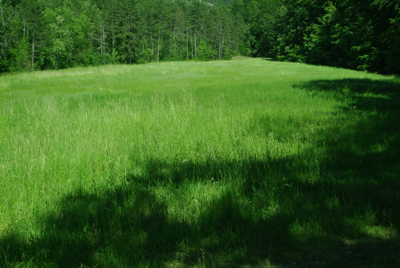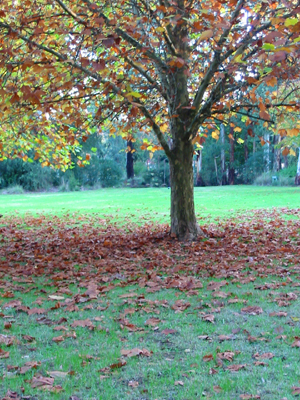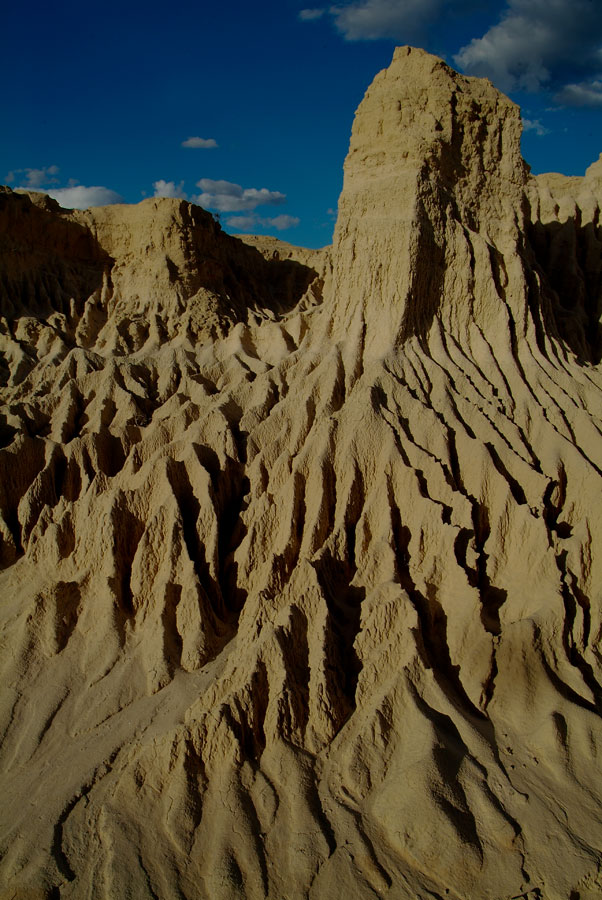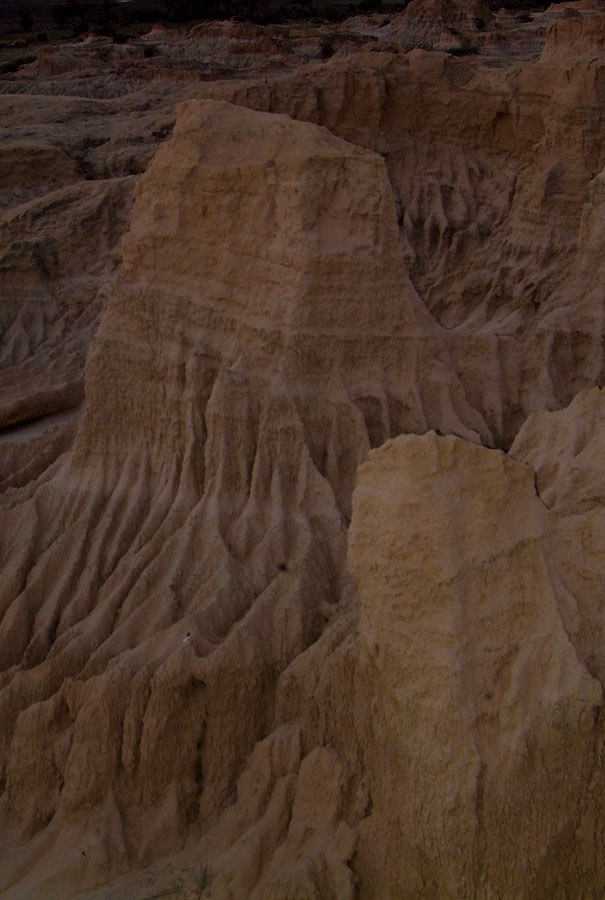Atmospheric
conditions also play a part - For instance, as rain falls to the earth,
the drops pick up dusts and pollen partials in the atomsphere and
brings them to the ground. So often after a a heavy rain when the
sun comes out - the air is much cleaner and clear. Some photographers
like this time to take images. However - as long dry period of hot
weather extends the dust and pollen etc can build up creating a haze.
Clouds
break up the light and scatter it in many directions, and different
types of clouds effect light in different ways.

The quality of sun light alters with the amount of cloud cover in
the sky. A direct sun in a clear sky will produce light that
has a strong contrast with some areas of the subject fully light while
other areas fall into full shadow. As the cloud cover increases the
light becomes more diffuse with the light broken up by the cover and
reaching the subject from numerous directions; the difference or ratio
between the shadows and high lights becomes more equal. A fully overcast
sky produces the most even light.

|


|

Bright
direct sunlight creates strong bold contrast with little information
in the shadows. |

Soft
diffuse light produces even lighting |

Here we see direct sunlight on the eroded dunes at Lake Mungo - the bright highlights where the sun strikes the top of the eroded ribs while the recess is in deep shadow - the effect is dramatic and suggests the erosion is deeper than in the image on the right. |

In this image of the same formations, the light is flat and the eroded ribs are less dramatic .Notice also how each stack tends to blend with the others. |